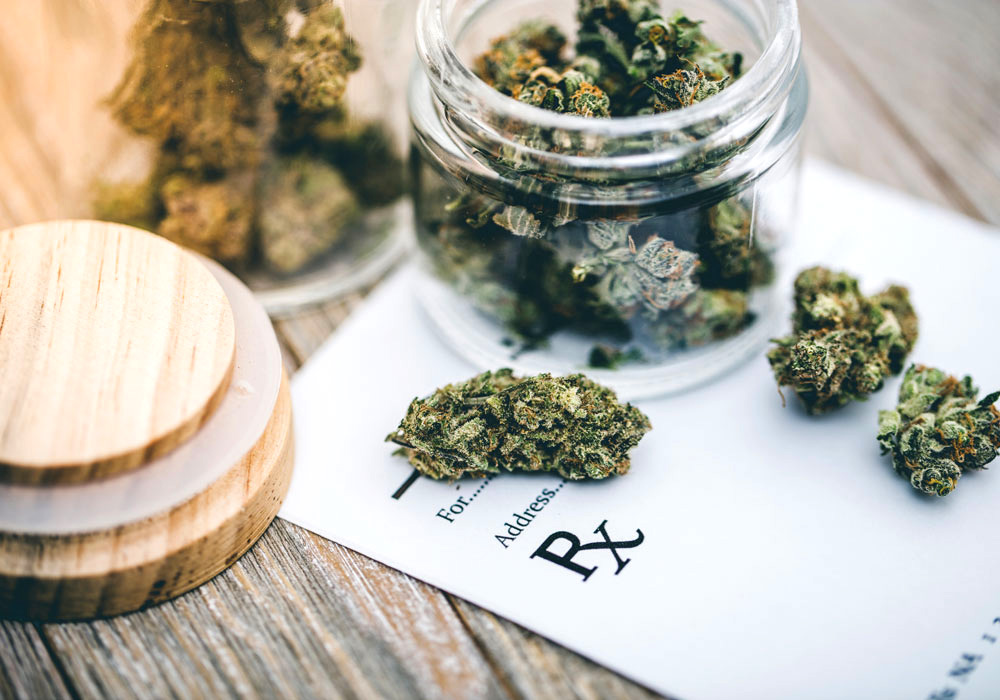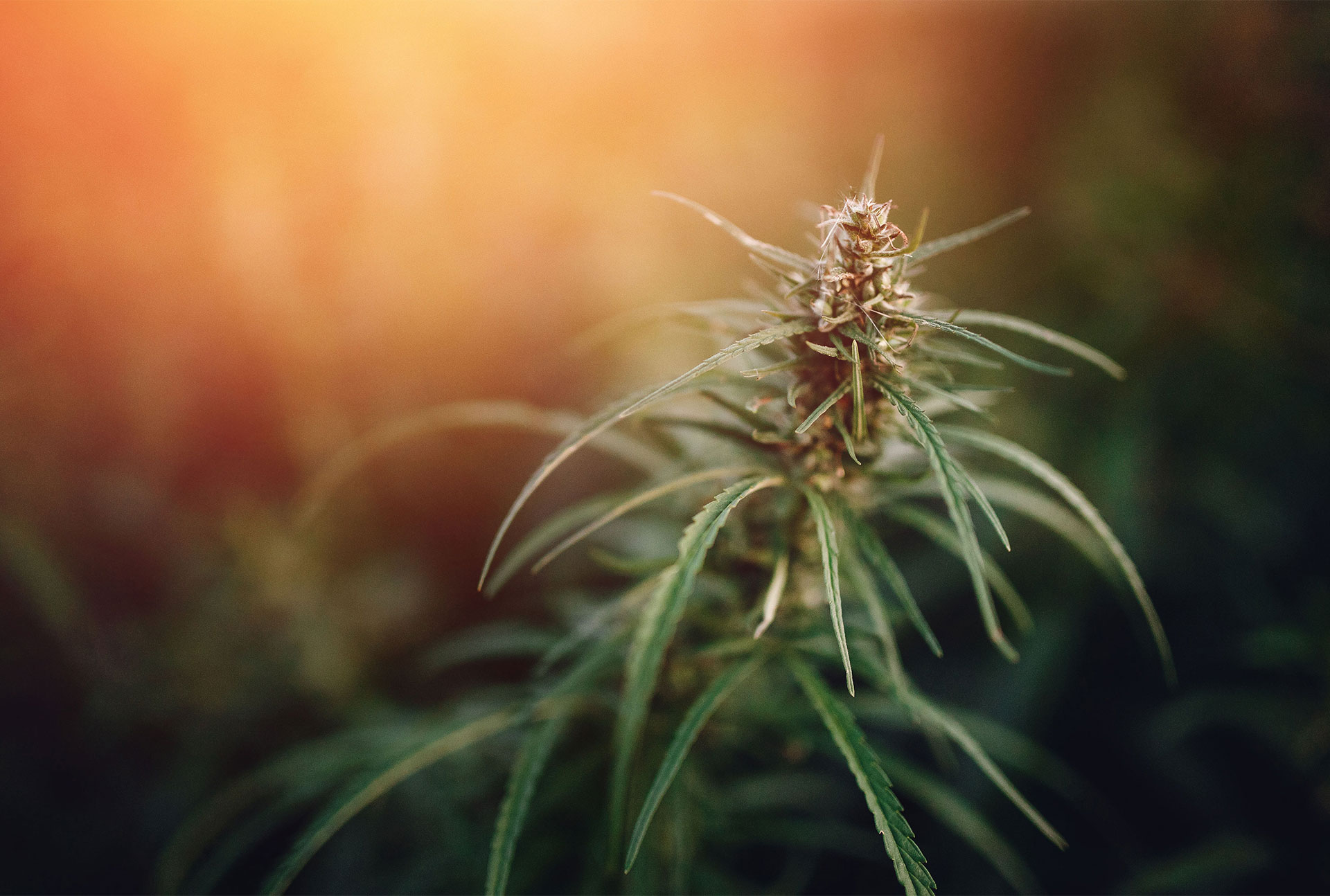Storing cannabis responsibly helps keep everyone safe, especially children and pets. Accidental poisonings in children from edible cannabis are a serious risk.
Choose legal edible cannabis products which:
Illegal edible cannabis products often:
While cannabis is legal in Canada, illegal products are still being sold and consumed in Canada. Learn to recognize the differences between legal and illegal cannabis, and find out why it matters.
Adults of legal age may purchase legal cannabis products from authorized retailers in Canada.
Legal cannabis products must meet the requirements of the Cannabis Act and its regulations, which set out rules for product quality, promotion, packaging and labelling. If you choose to consume cannabis, reduce your risk by choosing legal cannabis products.
Legal cannabis:
Legal cannabis:
Legal cannabis products for non-medical use are sold only by retailers authorized by a province or territory.
A legal cannabis product will always have certain information on its package and label. Look for these features to determine if a cannabis product is legal.
Accidental poisonings in children from edible cannabis products are a serious risk. Hospitals have seen an increase in visits to the emergency room and poison centres have seen an increase in calls.
Poisonings can be life-threatening, sometimes resulting in coma, being put on a ventilator, or in rare cases, even death.
Symptoms can include:

Cannabis, also known as marijuana or weed among other names, is a non-chemically uniform drug from the cannabis plant. There are a variety of cannabis products, including herbal materials, cannabis oils, concentrated extracts, edibles, tinctures and creams. These products are used for their physical and cognitive effects and for medical and nonmedical purposes.
Cannabis contains hundreds of chemical substances. Over 100 of these are known as cannabinoids. Cannabinoids are made and stored in the plant's trichomes. Trichomes are tiny, clear hairs that stick out from the flowers and leaves of the plant. Cannabinoids have effects on cell receptors in the brain and body. They can change how those cells behave and communicate with each other.
Cannabis flowers secrete more than 100 different chemical compounds known as cannabinoids. When consumed, these compounds bind to cell receptors and change the way these cells communicate with one another. Two of the best-known cannabinoids are THC and CBD:
The cannabis plant is used for its effects on the mind. It is also used for medical, social or religious purposes. Marijuana is a slang term for the dried flowers, leaves, stems and seeds of the cannabis plant.
Cannabis can be taken in different ways, by:
According to the 2022 Canadian Cannabis Survey, cannabis use is slowly on the rise in Canada. Use among the general population (aged 16 years and older) increased from 25% in 2021 to 27% in 2022. Provincial and territorial estimates ranged from 18% to 41%. Cannabis use was highest among people aged 20–24 years (50%), followed by those aged 16–19 years (37%) and those aged 25 years and older (25%). The biggest change in users occurred in the 25 years and older group, which increased from 22% in 2021 to 25% in 2022.
